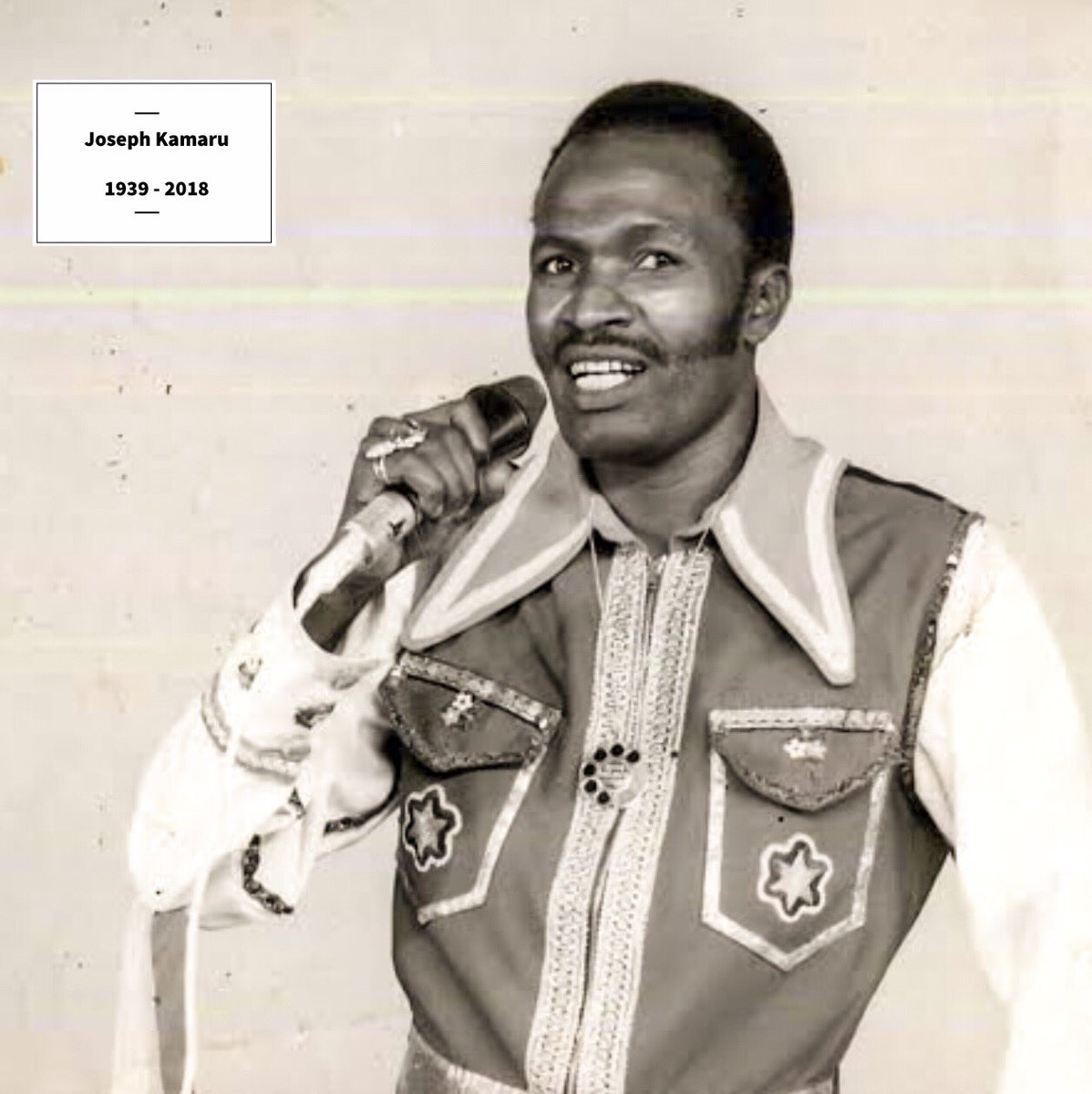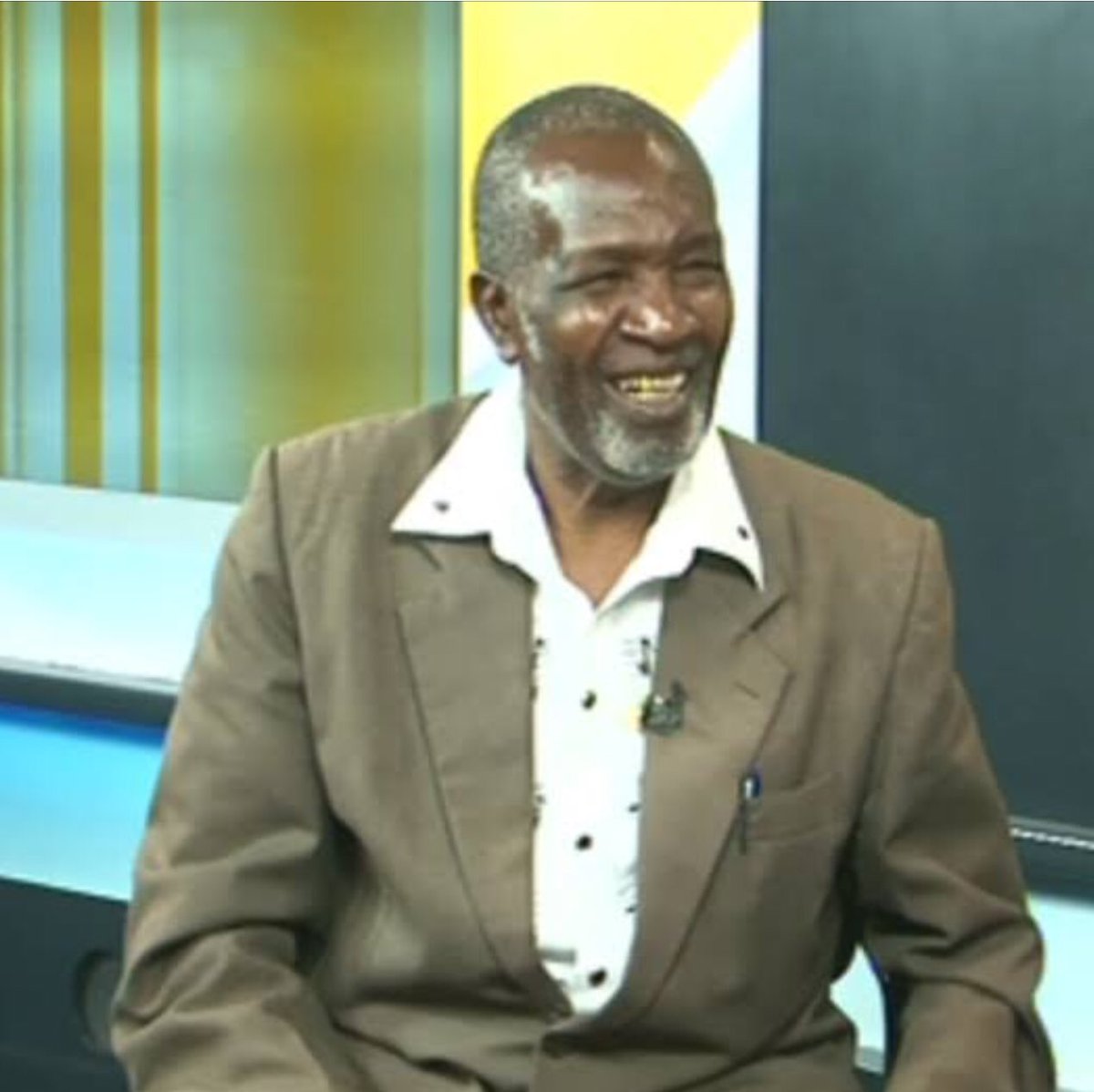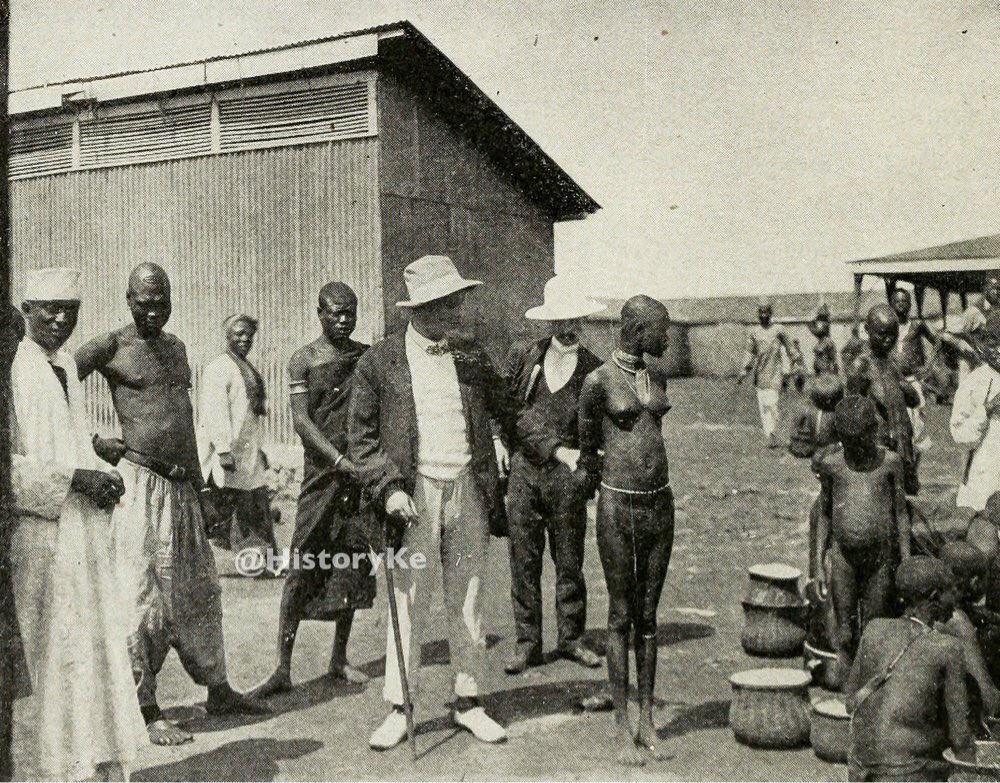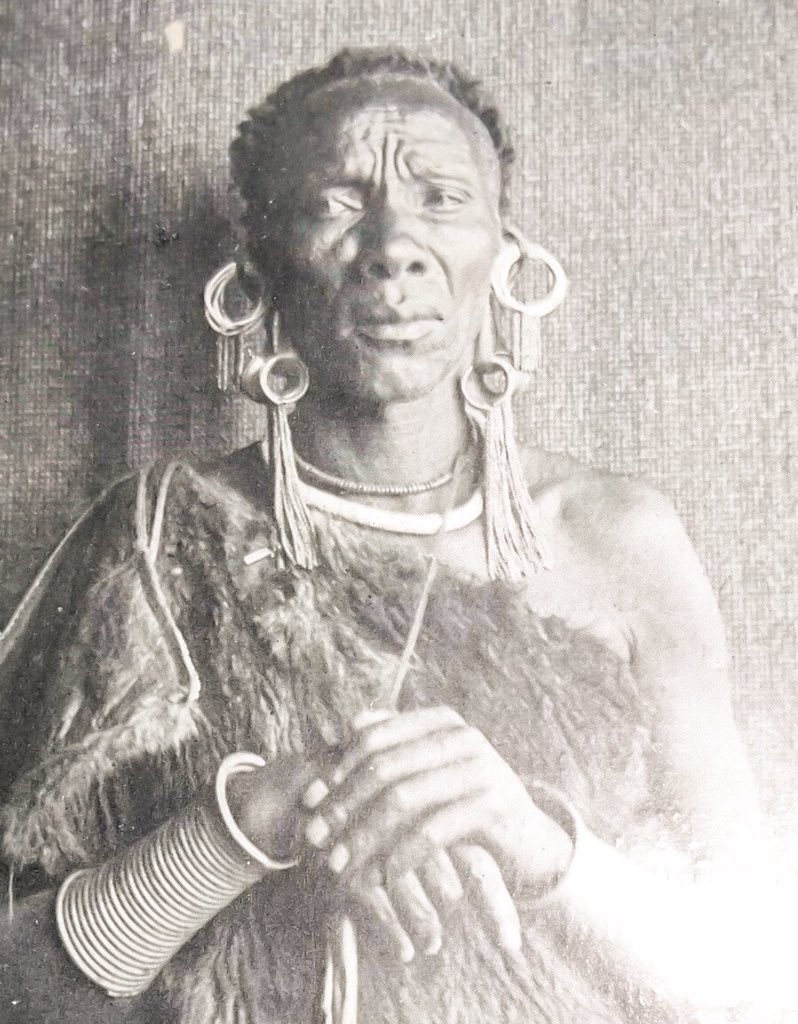#HistoryKeThread: The Wadavida (Taita) Of Yore
In 1890, author Thomas Stevens authored the book, Scouting for Stanley.
In 1890, author Thomas Stevens authored the book, Scouting for Stanley.

The book is an account of the time Thomas spent in East Africa, where he had been sent to join in the search for legendary explorer Henry Morton Stanley.
In April of 1898, he camped at Ndara Hill among the Wataita. Here, a Rev. Wray of the Church Mission Society strived to teach the Wataita with much difficulty about the gospel of Christ. Perhaps this difficulty is what led Rev. Wray to dabble in farming. 

The Wataita had little interest in Rev. Mr. Wray’s mission according to Thomas, who described the locals as being of “stubborn resistance”, and the men in particular “a thoroughly bad lot”.
And if Thomas thought he had seen enough, an incident that took place one evening left him curious about some of the beliefs held by this community from Coast province.
One evening, a pride of lions came close and killed a few cows of the Wataita. Elders the following morning convened to talk the matter over. According to Thomas, they could not fathom why tragedy struck their own cows, and not those of Rev. Mr. Wray next door.
After much “expenditure of wisdom”, as Thomas described it, the elders concluded that tragedy struck because a week or so back villagers had cut down a baobab tree. So to appease the spirits, the elders saw to it that their subjects planted a few trees of the same variety.
It is worth noting that the Wataita were not ruled by a king or some sort of supreme leader. Rather, each village had elders whose authority was recognized and respected by all.
Like the Wakamba next door, the Wataita also filed their teeth.
Like the Wakamba next door, the Wataita also filed their teeth.
Their warriors were armed with bows and arrows. They also carried simis, which according to Thomas were obtained from Arab merchants or blacksmiths from the Chagga people.
“The warriors are not deficient in courage of the African sort. Like all other tribes around, they fear the Maasai, though they have several times had the luck to beat them in battle.... 

... Whenever they kill a Maasai they mince his heart and sprinkle it about their mountain to give them courage....”, wrote Thomas.
• • •
Missing some Tweet in this thread? You can try to
force a refresh












